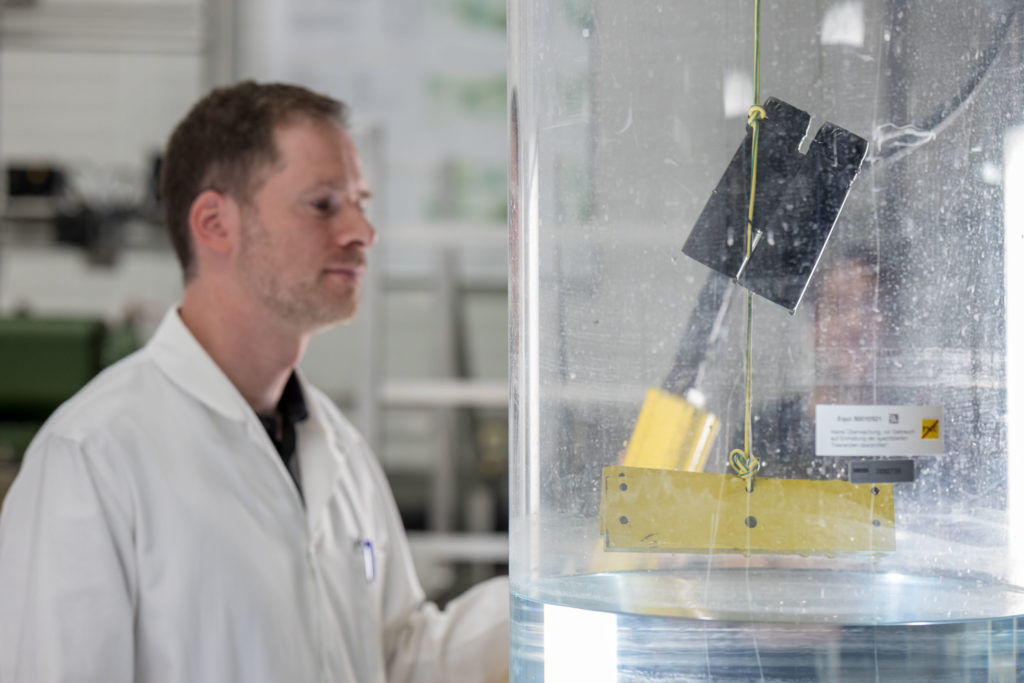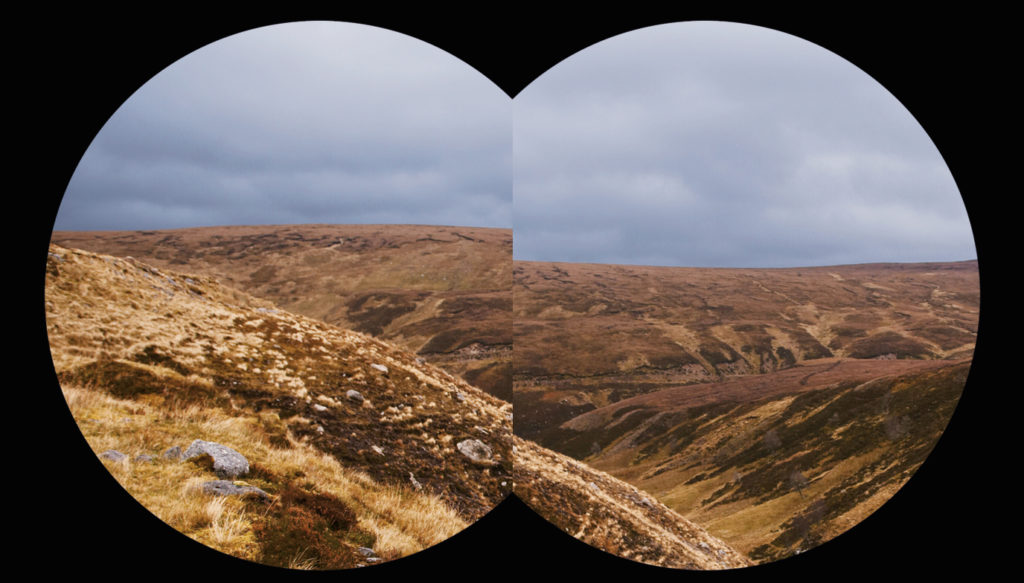Hunting optics must operate as advertised in the field and function in every hunting condition – rain, heat, snow or ice. Worrying whether your optics manufacturer’s waterproof claims are true or just a marketing ploy should be the last thing on your mind.
However, weather-related factors are not all you face when hunting. Hunting environments also include rocks, trees and dangerous terrain, which make impact shocks caused by falls and bumps with physical features an important consideration. Dirt roads and mountain trails can subject your optics to continuous vibration in your vehicle on the way to the field; in these situations, the durability of your optics is paramount.
Durability
It is also important for all moving parts for focusing, diopter adjustment, folding bridge, and eyecups to work properly and precisely at all temperatures year round. The mounts for lens elements and prisms must also ensure in the long run that the optical system does not fall out of alignment as a result of jolts or vibrations or extreme temperature fluctuations. Extensive quality checks which span the production process at ZEISS far exceeds DIN/ISO specifications ensure that all these specifications are met and provide reliability of brilliant images through the binoculars for years.
Parallelism of the axes
The perfect parallelism of optical axes on both sides of the binoculars is vital – for all configurable interpupillary distances (PD). If this is not guaranteed, double images occur sooner or later. Even minor deviations which are practically not perceived initially since the brain and eyes compensate for them, result in symptoms of fatigue and headaches when used for longer periods.

How are binoculars tested?
In addition to optics, many individual subjective factors are involved which can lead several users to come to completely different conclusions. It is a good idea to gather a lot of information but a personal test is still far more important. Taking enough time to test the binoculars in a situation for which they are intended is the most important point however. Twilight capability cannot be tested on a sunny day in a pedestrian zone. When comparing different manufacturers, it is important to use binoculars with the same parameters only. There is no use comparing a 7 x 42 with a 10 x 56 from another manufacturer and then take a decision.

Magnification and hand tremor
It is very important to find out what magnification level can still be used meaningfully. A comparison of binoculars with different magnification shows when hand tremor – different from person to person – has a negative effect on detail recognition. Look at a sign or poster with minute fine structures or small print at a distance of around 50 m and then see which level of magnification provides the best and most stable image.
Focusing
If you quickly focus on three objects at different distances, e.g. 10, 25 and 50 m, it will provide a good impression of the speed and reliable operation of the binoculars. You should also do this test wearing gloves.
Vertical error
A rough test of binocular height adjustment can be made by looking at a horizontal edge through the binoculars while holding them about 5 cm in front of your eyes and checking if the edge is the same height on both sides.

Color rendition
The color rendition of binoculars can be determined relatively well with the following test: turn the binoculars around and look through the lens at a piece of white paper. In a direct comparison between paper and image in the lens you can see any color shift (e.g. yellowish tint) relatively quickly. If the image in the lens is clearly darker than that on the paper visible from the same viewing angle, it indicates deficient transmission.
Color fringes
High-contrast details near the edge of the image (e.g. branches against a white sky) identify color fringes immediately. These can be blue, yellow, or red and can be clearly seen at such high-contrast edges. Glass materials containing fluoride result in a considerable reduction of such chromatic aberrations which is reflected in unparalleled brilliance and maximum definition.